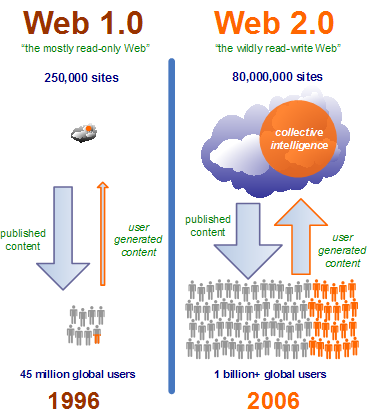I've recently encountered this quote on a blog post:
“In times of change the learners will inherit the earth, while the knowers will find themselves beautifully equipped to deal with a world that no longer exists.” – Eric Hoffer
So I most certainly want to be a learner, and a good one for that matter! In order to achieve this, I have to ask myself: what is my learning style? Knowing and understanding the answer is the first step to becoming a better learner.
There are many ways to define one’s learning style. If you look at it from a physical perspective, I can choose from visual, auditory and kinesthetic. This was difficult to choose, since I know I’ve used all of them at some point. After some minutes of reflection I believe I’m mostly a visual learner. It’s very easy for me to remember something I have seen and if you show me a video or an animation I can understand concepts much more easily.
Searching on the Web, I found a free
Learning Styles Questionnare by Dr. Richard Felder of NC State University.
If your scores are between 1-3, it means that you are fairly well balanced on the two dimensions of that scale. So in my case when it comes to being active or reflective, it really doesn't matter, because I can learn well with both styles. The same goes for being sensing or intuitive.
If your scores are between 5-7, you have a moderate preference for one dimension of the scale and will learn more easily in a teaching environment which favors that dimension. From the results, I can clearly see that I'm a visual and global learner.
I didn't get any scores between 9-11, but if I did, it would mean that I had a very strong preference for one dimension of the scale. And I may have real difficulty learning in an environment which does not support that preference.
How does knowing this help?
Now I know that in some aspects I'm really quite balanced, and it won't be difficult for me to adjust to different teaching methods. I can also let my teachers know that I have a moderate preference for visual and global styles of instruction. If I don’t understand something, I can ask for help with a diagram or chart that shows me the big picture.
We can't teach each lesson focusing on every learning style that we have in the classroom. What should be our focus instead?
I think most students have balanced or moderate learning style preferences. As teachers we should try to know our students as best we can and plan classes that favor different learning styles. If a student is having a strong difficulty with our class, we should try to identify the dominant learning preference of that student, and plan a specific activity for that learning style. We can’t plan all of our class around one student, but we can create working groups and teams that complement each other. We should also let our students know and understand their learning style. By doing this, they become aware and responsible for their own learning. Now they can seek out resources that will help them learn more efficiently.




